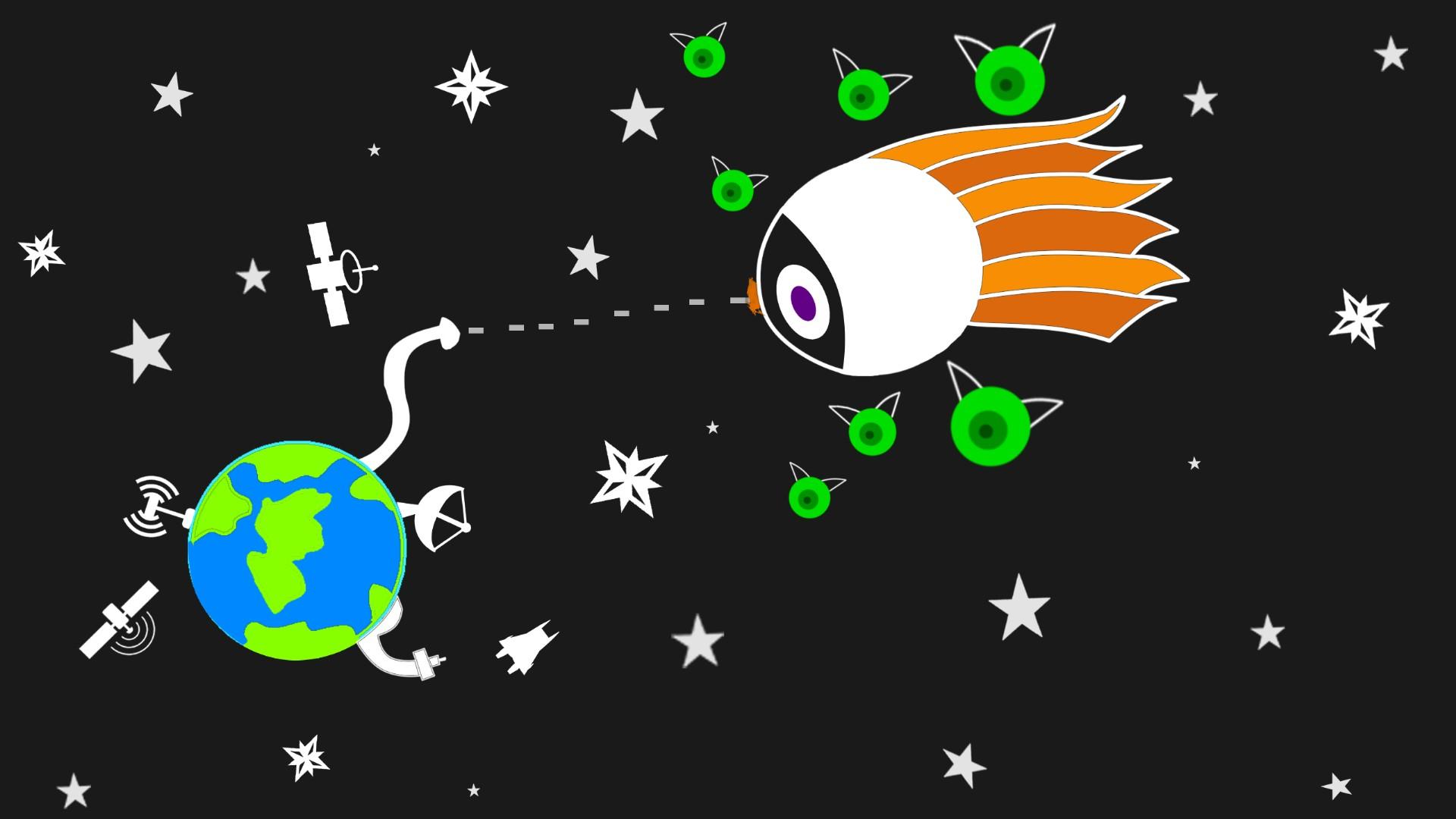
The Four Majors: Golf's Crown Jewels
To understand the Grand Slam, you first have to know about the four tournaments that comprise it. These aren't just any regular tour events; they are the four pillars of the men's professional golf season, the ones that define careers and build legacies. Each has its own unique history, traditions, and challenges. They are played every year between April and July.
1. The Masters Tournament (April)
The first major of the year is an invitation-only event held at the same iconic location every April: Augusta National Golf Club in Georgia, USA. The Masters is a tournament steeped in tradition. The winner doesn't just get a trophy and a massive paycheck; they receive the legendary Green Jacket. Everything about the event is iconic, from the blooming azaleas and perfectly manicured grounds to the pimento cheese sandwiches. The course itself demands precision, creativity, and nerves of steel, especially on its famous back nine, known as "Amen Corner."
2. The PGA Championship (May)
Often considered the major for the pros, the PGA Championship is organized by the PGA of America. It boasts one of the strongest fields in golf, as it reserves many spots for club and teaching professionals alongside the world's top tour players. The tournament moves to different prestigious courses across the United States each year. The winner gets to hoist the enormous Wanamaker Trophy. It's a pure test of all-around great golf, typically played on long, challenging American-style parkland courses.
3. The U.S. Open (June)
Organized by the United States Golf Association (USGA), the U.S. Open has a reputation for being the toughest test in golf. The USGA intentionally sets up the host course (which rotates around the U.S.) to be incredibly difficult, with narrow fairways, brutally thick rough, and lightning-fast greens. Their goal is to identify the best all-around player. Its "open" nature means that, in theory, anyone with a low enough handicap can attempt to qualify, adding a democratic and exciting element to the championship. Winning the U.S. Open is a testament to a golfer's grit and precision.
4. The Open Championship (July)
Simply called "The Open," this is the oldest golf tournament in the world, dating back to 1860. It's the only major held outside of the United States, rotating among a select group of historic "links" courses in the United Kingdom. Links golf is a totally different beast. Played on coastal, sandy soil, players have to battle fierce winds, unpredictable rain, and quirky challenges like deep pot bunkers. Imagination and the ability to control the ball's flight are paramount. The winner is named the "Champion Golfer of the Year" and receives the famous Claret Jug.
Not All Slams Are Created Equal: Calendar vs. Career
Here's where the term "Grand Slam" can get a little confusing. Over time, different variations of the achievement have emerged, and it's important to know the difference.
The Calendar-Year Grand Slam
This is the original, the purest, and the most difficult version. It means winning The Masters, PGA Championship, U.S. Open, and The Open Championship all in the same calendar year (January to December). In the modern era of men's professional golf, no one has ever achieved this. The sheer difficulty of peaking for those four specific weeks against modern competition makes it one of the most elusive feats in all of sports.
The "Tiger Slam"
This is a unique achievement accomplished by the legendary Tiger Woods. While not a Calendar-Year Grand Slam, it is arguably just as impressive. Tiger won four consecutive majors, starting with the U.S. Open in 2000, followed by The Open and the PGA Championship. He then won the first major of the next season, the 2001 Masters. This meant he held all four major championship trophies at the same time, a feat never done before or since in the modern era. It was a period of dominance so profound that it needed its own name.
The Career Grand Slam
This is the most "achievable" version, but it's still the mark of an all-time great. A Career Grand Slam means winning each of the four majors at least once at any point during a player's career. Only five golfers in history have managed to do this:
-
Gene Sarazen
-
Ben Hogan
-
Gary Player
-
Jack Nicklaus
-
Tiger Woods
This list is a who's who of golf royalty. To underscore its difficulty, consider the legends who haven't done it, like Arnold Palmer and Tom Watson (both missing the PGA Championship). Today, players like Rory McIlroy (needs The Masters), Jordan Spieth (needs the PGA Championship), and Phil Mickelson (needs the U.S. Open) are all just one major away from joining this ultra-exclusive club.
The One and Only True Grand Slammer: Bobby Jones
So, if no modern pro has won the calendar-year slam, why does the concept exist? Because one man did it. In 1930, the legendary amateur golfer Bobby Jones accomplished a feat that stunned the sporting world.
However, the majors were different back then. The four most prestigious events were considered to be The Open Championship, the U.S. Open, the British Amateur, and the U.S. Amateur. Jones, in a single season, won all four. As an amateur competing against and beating the best professionals of his day (in the Opens) and the best amateurs (in the Amateurs), his achievement is considered one of the greatest in sports history. After completing the slam, he retired from competitive golf at the age of 28.
Why Is It So Freaking Hard? 🤔
Winning a single major is a career-defining achievement. Winning all four in one season requires a near-perfect storm of factors.
-
Diverse Skill Sets: Each major demands a different style of play. The Masters requires artistic shot-making, the U.S. Open rewards grinding patience, The Open needs creative flight control, and the PGA Championship requires powerful, all-around excellence. You have to be a Swiss Army knife of a golfer.
-
Intense Pressure: The media scrutiny and historical pressure would be immense. After winning the first two, the hype for the third and fourth would be almost unbearable.
-
Sustained Peak: A golfer must be at their absolute physical and mental peak for four specific weeks spread across four months, something that is incredibly difficult to plan and execute.
The Grand Slam remains the holy grail of golf—a perfect season that exists more as a legendary benchmark than a realistic goal. While the Career Grand Slam is the modern standard for greatness, the dream of a true Calendar-Year Grand Slam is what keeps fans and players captivated by the magic of the majors.









